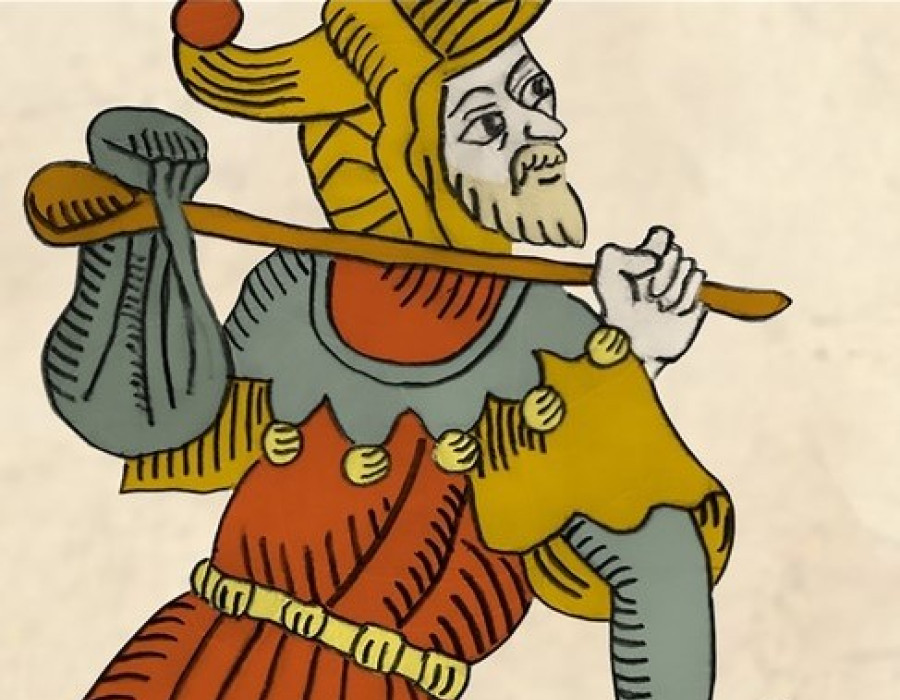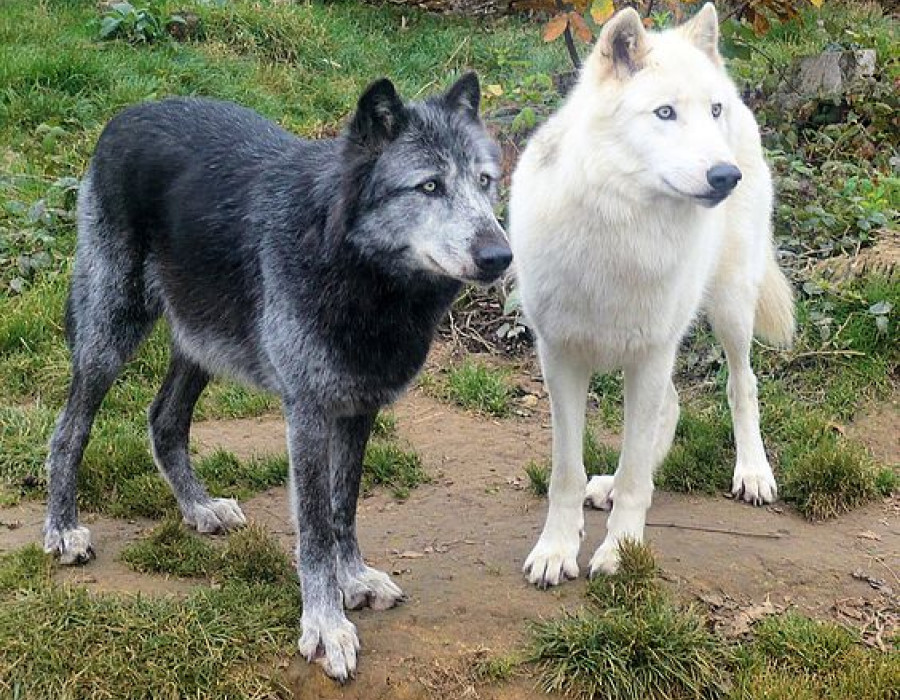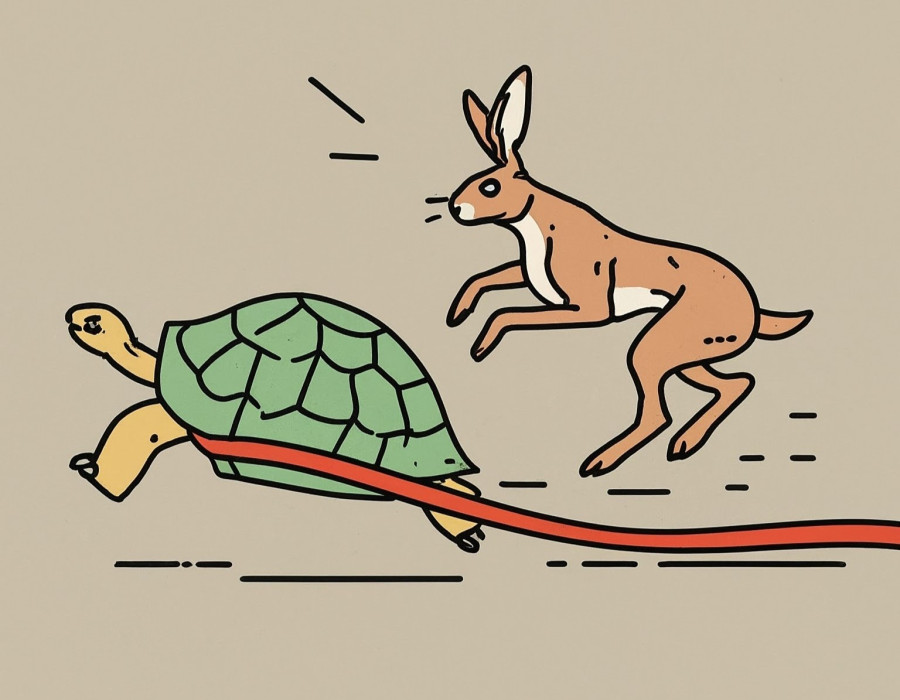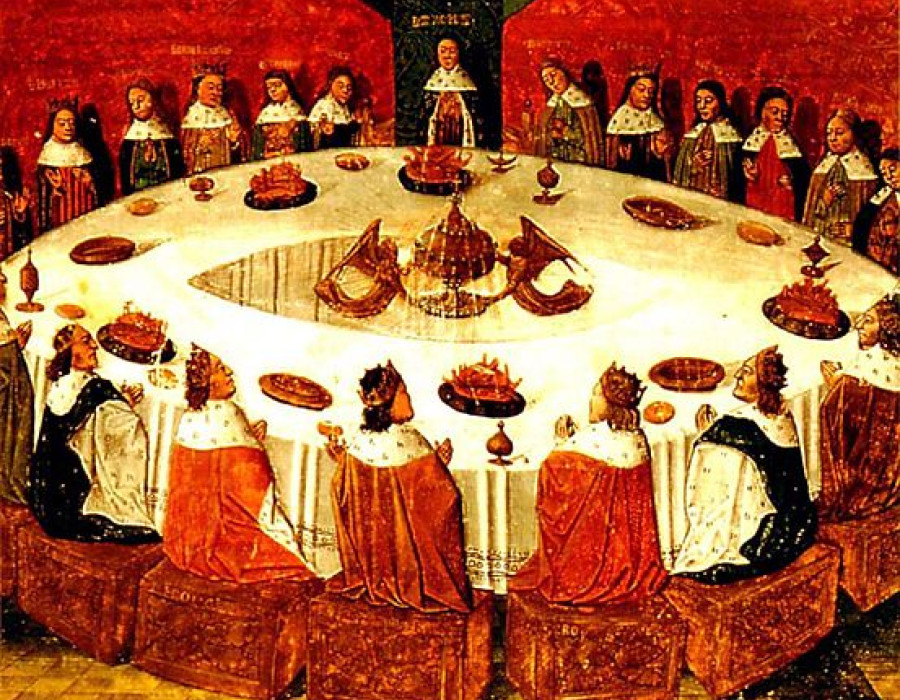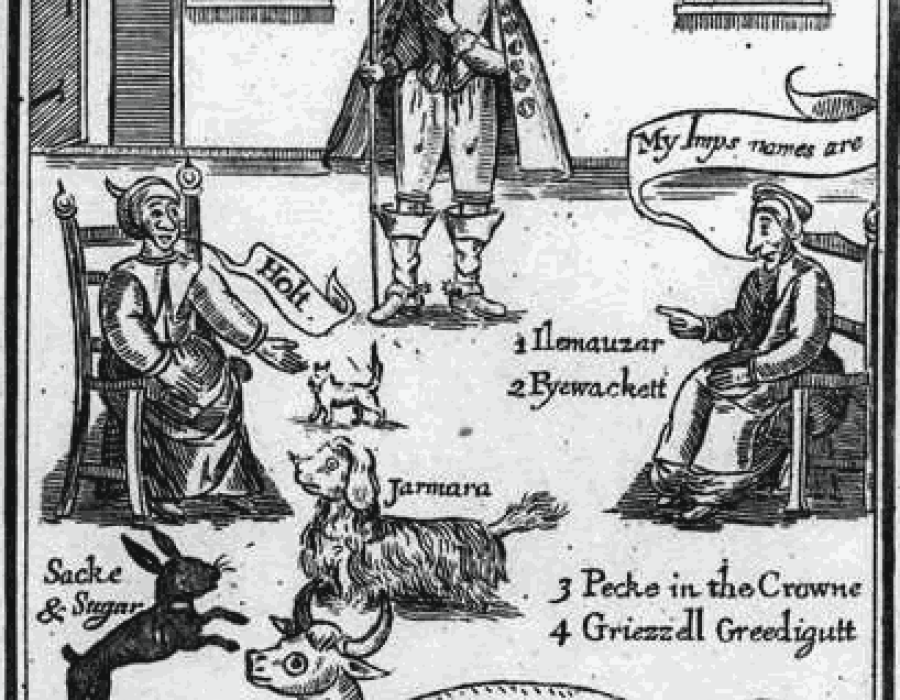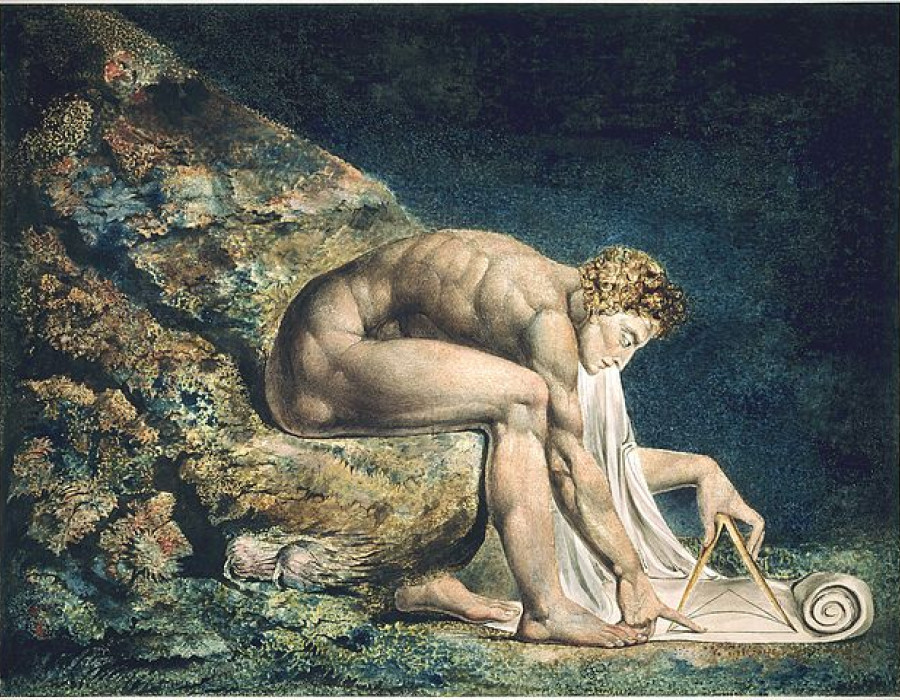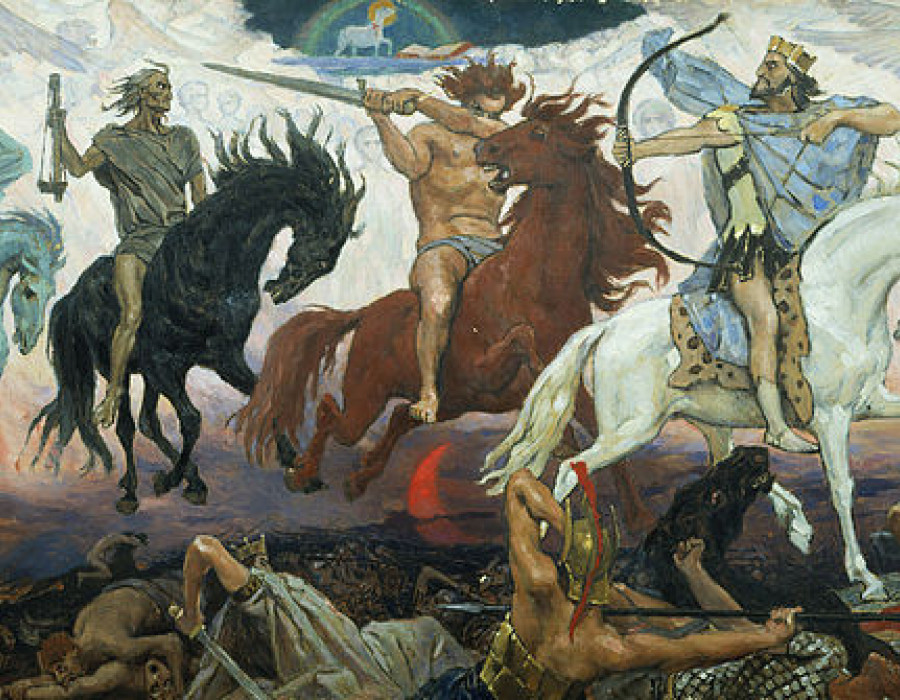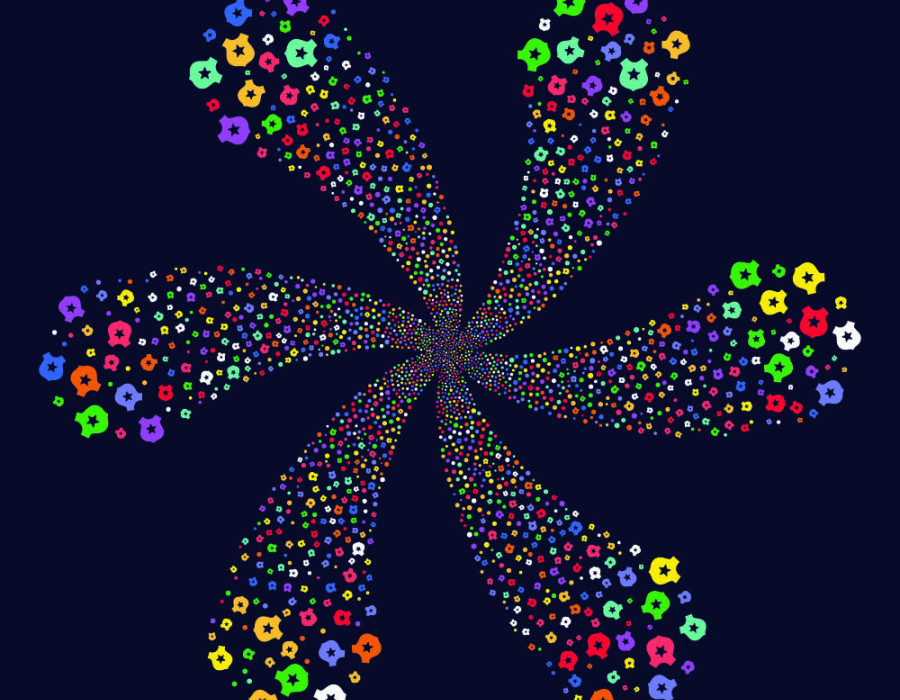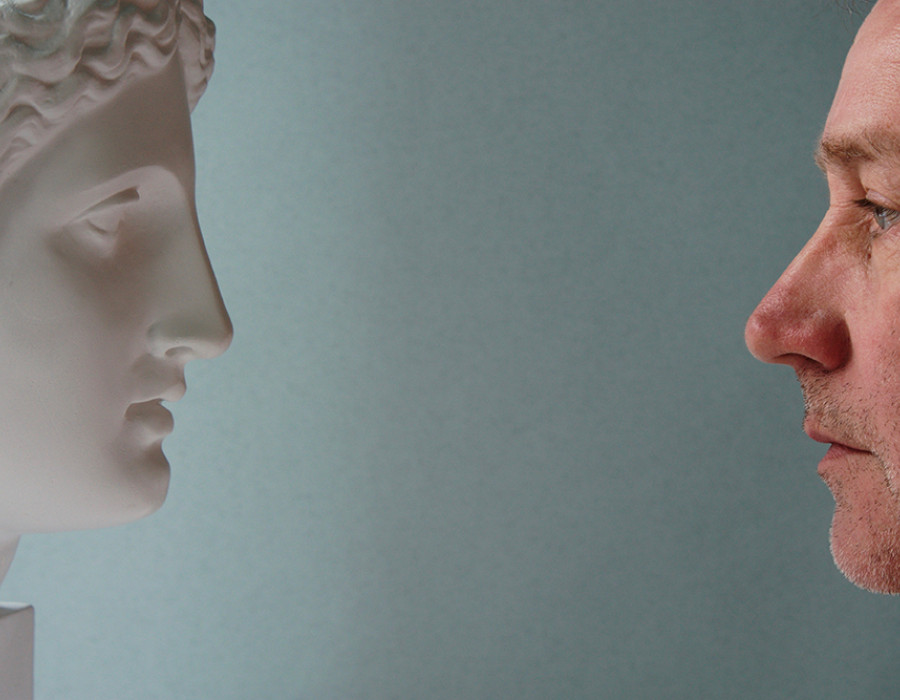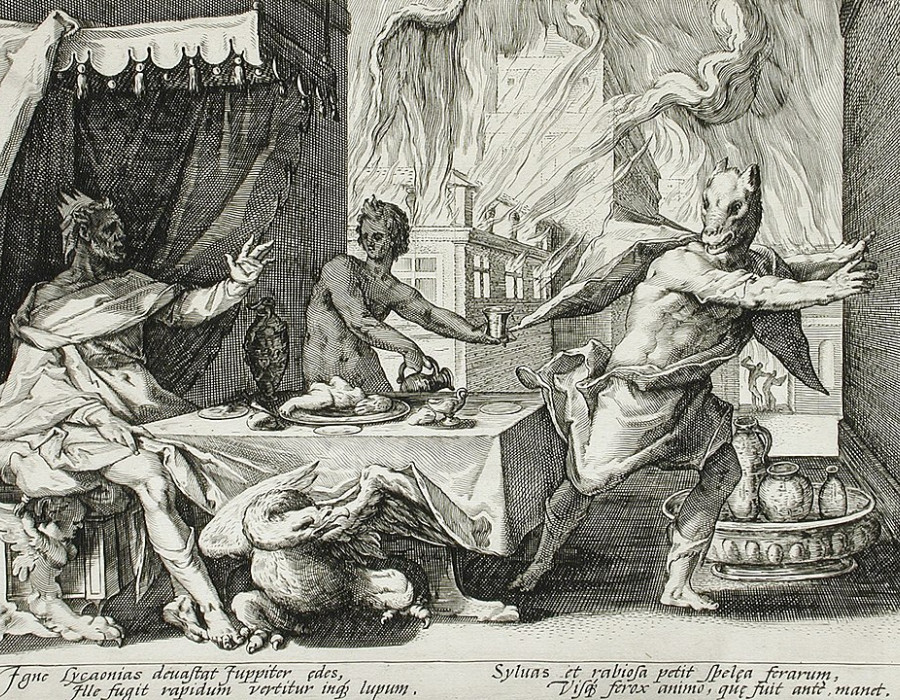
Martin Goodson
A Crooked Heart Misses the Target
Zen in the art of Archery demonstrates the difference between a calculating vs non-grasping attitude in the performance of an action.
 ©
© shutterstock
The contrasted effects of a calculating versus a non-grasping attitude are demonstrated in Eugen Herrigel’s book, Zen in the Art of Archery.
Herrigel went to Japan in the 1920s to practice Zen Buddhism, however he was advised that as he was unfamiliar with the culture and language he would be better placed to accustom himself via one of the many ‘ways’ aligned to the spiritual practice. So he opted to take up kyudō or archery.
The first thing he discovered in the training hall or dojo was that there was no emphasis on hitting the target at all. In fact they moved the target to within ten feet, making it difficult to miss it. Instead, the emphasis was on cultivating good form: how to stand; to kneel and pick up the bow, how to notch the arrow, how to draw the bow at full stretch and stand there concentrated. This is based on the understanding that this ‘I’ with all my thoughts of success and failure simply gets in the way of good shooting. So through the practice of cultivating good form it becomes possible for the body to develop the skill without such interference. However the root of this ‘one’ who feels ‘he’ is the hub and centre of activity and that ‘nothing can go without me’ goes very deep. The real test comes when the kyukō student is told not to intentionally fire the arrow. This is an incredible problem for ‘me’ because I believe that for anything to be done successfully ‘I’ must be involved. But no, the teacher says just practice the form as instructed and the form itself will do what is necessary. So the archer must stand with bow at full stretch, forgetting the target he waits, and he waits, and he waits, until the full concatenation of circumstance come together and the arrow flies of itself. The full emotional panoply of ‘I want a result’ arises and our patience is tested, which is the sole purpose of this whole scenario, to wear away this one who deliberates so much.
Herrigel asked Awa his master if he could take the bow and arrow to practice at home, to which Awa agreed. While practicing at home Herrigel discovered that if he minutely altered the position of his fingers, holding the bowstring at full stretch, the arrow flew of itself.
At the next practice session Herrigel knelt, picked up his bow, notched the arrow, drew the bow at full stretch and stood there concentrated and it wasn’t long before his arrow released. Awa his master said, ‘Show that again.’ Herrigel again notched an arrow, drew the bow to full stretch and stood there concentrated and it was soon released. At this Awa sat down and turned his back on Herrigel, showing that he would not teach him any more.
Much negotiation through intermediaries was needed before Herrigel could be reinstated as a trainee. When he returned to the practice hall Awa said, ‘You have a much too wilful will’. ‘You are too headstrong’. ‘But if it works; surely it is the right thing’, I might think. What ‘I’ misunderstand is that the training is not about hitting targets but about being able to lay down this ‘I’ who sees only in terms of himself. Why is this so important? Because it is this very notion of a separate self that obscures something much more profound that lies beneath. This other one does not feel separate from everything around him. Instead, this one not only recognises the interconnectedness of all things but feels part of it too. Awa demonstrates this when he hits the target in darkness. It seems like magic, and in one sense it is.
However, it is the same principle as the sailor who wakes up in the middle of the night because the boat is not moving the way it should be. Who was it that detected the movement, who realised that something was amiss and promptly woke consciousness?
In Chinese thought this principle is known as ‘wu wei’ or non-intentional action.
Billy Beg and Tom Beg are not two people, these stories show two attitudes, one full of intention and the other the open-hearted one, not grasping, just responding to circumstance. Buddhist training cultivates this way of letting go of what ‘I’ do and do not want. Much of our thinking throughout the day is planning and grasping for a result, which at root is the problem of ‘I’.
....................................................


